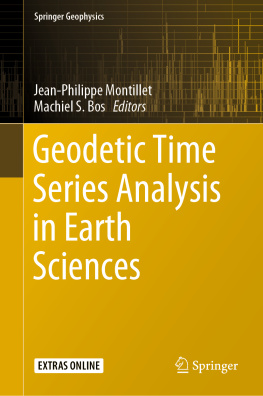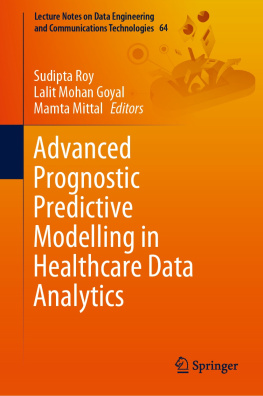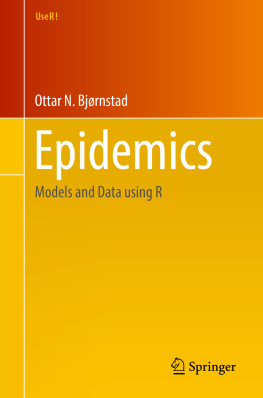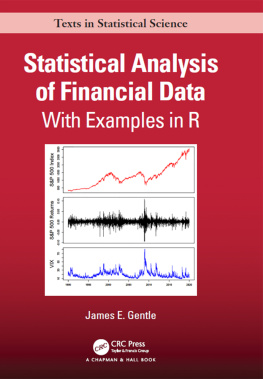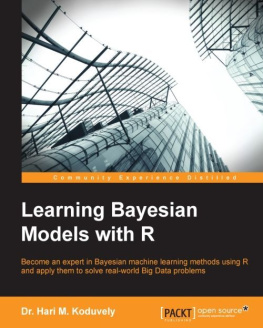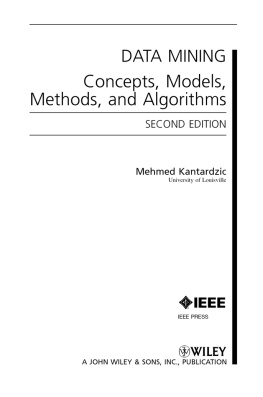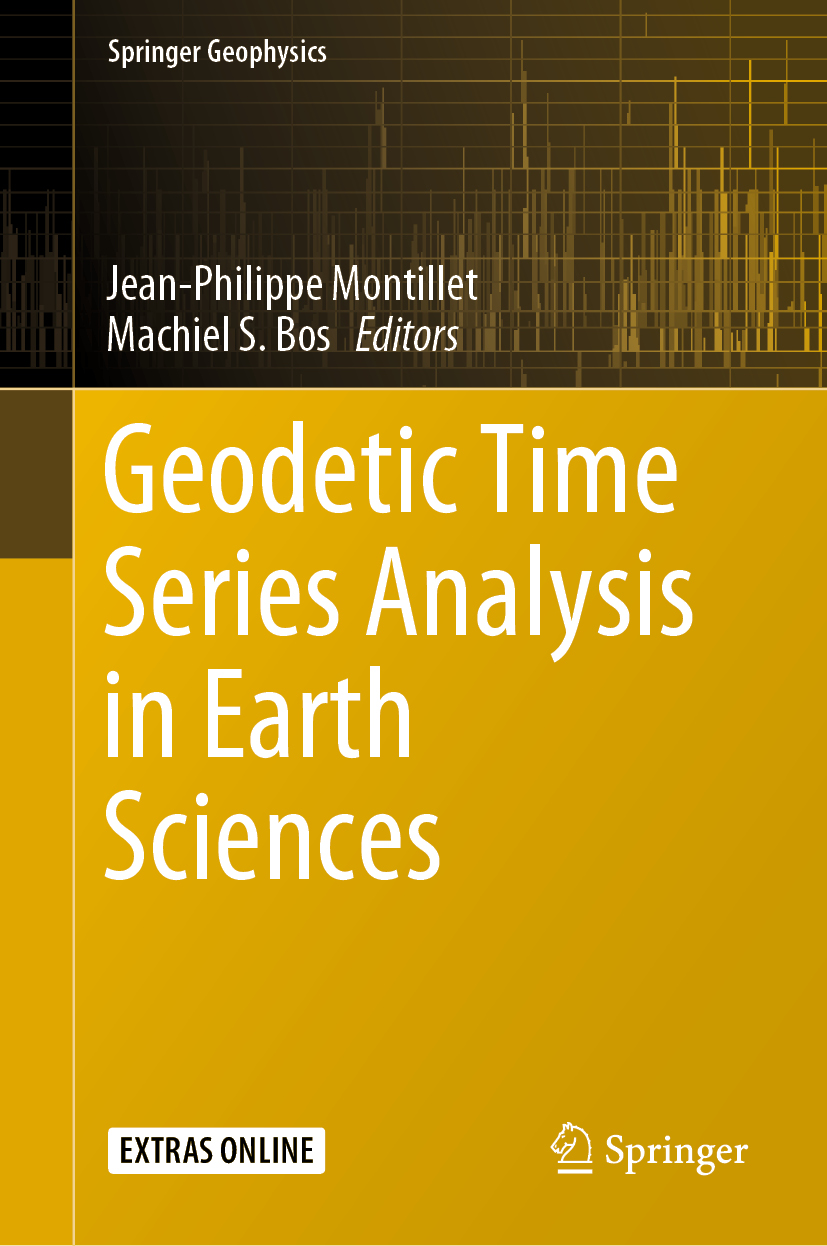Springer Geophysics
The Springer Geophysics series seeks to publish a broad portfolio of scientific books, aiming at researchers, students, and everyone interested in geophysics. The series includes peer-reviewed monographs, edited volumes, textbooks, and conference proceedings. It covers the entire research area including, but not limited to, applied geophysics, computational geophysics, electrical and electromagnetic geophysics, geodesy, geodynamics, geomagnetism, gravity, lithosphere research, paleomagnetism, planetology, tectonophysics, thermal geophysics, and seismology.
More information about this series at http://www.springer.com/series/10173
Editors
Jean-Philippe Montillet and Machiel S. Bos
Geodetic Time Series Analysis in Earth Sciences
Editors
Jean-Philippe Montillet
Space and Earth Geodetic Analysis Laboratory, Universidade da Beira Interior, Covilha, Portugal
Institute of Earth Surface Dynamics, University of Lausanne, Neuchatel, Lausanne, Switzerland
Machiel S. Bos
Instituto Dom Luiz, Universidade da Beira Interior, Covilha, Portugal
ISSN 2364-9119 e-ISSN 2364-9127
Springer Geophysics
ISBN 978-3-030-21717-4 e-ISBN 978-3-030-21718-1
https://doi.org/10.1007/978-3-030-21718-1
corrected publication 2020
Springer Nature Switzerland AG 2020
This work is subject to copyright. All rights are reserved by the Publisher, whether the whole or part of the material is concerned, specifically the rights of translation, reprinting, reuse of illustrations, recitation, broadcasting, reproduction on microfilms or in any other physical way, and transmission or information storage and retrieval, electronic adaptation, computer software, or by similar or dissimilar methodology now known or hereafter developed.
The use of general descriptive names, registered names, trademarks, service marks, etc. in this publication does not imply, even in the absence of a specific statement, that such names are exempt from the relevant protective laws and regulations and therefore free for general use.
The publisher, the authors and the editors are safe to assume that the advice and information in this book are believed to be true and accurate at the date of publication. Neither the publisher nor the authors or the editors give a warranty, expressed or implied, with respect to the material contained herein or for any errors or omissions that may have been made. The publisher remains neutral with regard to jurisdictional claims in published maps and institutional affiliations.
This Springer imprint is published by the registered company Springer Nature Switzerland AG
The registered company address is: Gewerbestrasse 11, 6330 Cham, Switzerland
This book is a sample of my daily work and passion in Earth sciences over many years. It is often forgotten the tremendous time spent by researchers in the process of discovering new phenomena from studying it, modelling the observations and discussing the results.
First, I would like to take the opportunity to thank all the contributors and especially my co-editor Machiel S. Bos for the efforts to produce this book from the early ideas in late 2017. Now, looking back at the early beginning of my career, I remember some of my older colleagues and mentors who inspired me to pursue a career in sciences. Years after years, the motivation has kept growing up in me with my various interests in many areas. A career in science is unique and exciting!
Like many other scientists, this work would not be possible if I was not surrounded by understanding and caring people who are standing on my side. I dedicate this book to my family and in particular to my parents (Jean-Louis & Monique) for helping me over so many decades and supporting me to overcome life obstacles, to my wife (Alison) with a deep understanding of my passion and time that I spend alone in the corridors of science, to my beloved sons Clovis & Henry for the joy they bring to me and completing my life.
Jean-Philippe Montillet
For Sandra who had to put up with a husband glued to his laptop.
Machiel S. Bos
Foreword: Welcome to the Not-So-Spherical Cow
Students of high school physics often encounter a fictional flat Earth where objects move without friction through a vacuum. As they grow in their understanding, the complexities of sphericity and friction emerge; but gross simplifications often remain of the real system being modelled. This is the world of the so-calledand humorousspherical cowa visual metaphor for highly simplified models of complex phenomena.
Students of geodesy will have been (or should have been) taught the complementarity of functional and stochastic models of a processfor any given problem, any signal (including noise) must be considered appropriately in the functional model or the stochastic model. Neglect of any component of the signal produces erroneous and potentially misleading estimates of parameter values and their uncertainties.
In the past, it was common in geodetic analysis to assume (usually untested) that the functional model was complete, and the residual noise was white (temporally uncorrelated) and could be treated as such in the stochastic model. A more robust analysis of various geodetic signals has found that such time series normally contain time-varying signal and noise is rarely white.
Because of these previous assumptions, there is little doubt that scientific conclusions have been reached that are not actually supported by the data: statistically insignificant accelerations in ice sheets have been interpreted as significant; noise has been interpreted as genuine strain in Earths crust; changes in linear rates of sea level rise have been too confidently declared; seasonally varying deformation of the solid Earth was approximated as time-constant annual harmonic. These (not-entirely) hypothetical examples have major implications that extend well beyond geodesy and geophysics and into society and policy. Spherical cows are not sufficient.
In my own research field which focuses on geodesy in polar regions, the developments summarised in this book have advanced our understanding tremendously. New insights have been gained into the three-dimensional deformation of Antarctica due to tectonics and surface loading changes over months to millennia, while more robust estimates of ice mass change and their uncertainties have been obtained from the Gravity Recovery and Climate Experiment (GRACE). And yet much analysis remains overly simpleit is still common to adopt simple models of linear or quadratic changes in ice mass or volumeand the residuals are often treated as white noise or simple autoregressive processes both of which are typically not realistic. There is still much to do although the growing body of excellent software tools means that major advances in rigour are within reach.
The focus of this book is to synthesise recent progress in geodetic time series analysis theory and approaches that represents a shift away from a spherical cow to a not-so-spherical cow. This book is both theoretical and practical. It shines a light on a new theory, explores different methodologies and, helpfully, showcases the implementation of methodology into practical tools to assist the entire community in undertaking more robust time series analysis.

